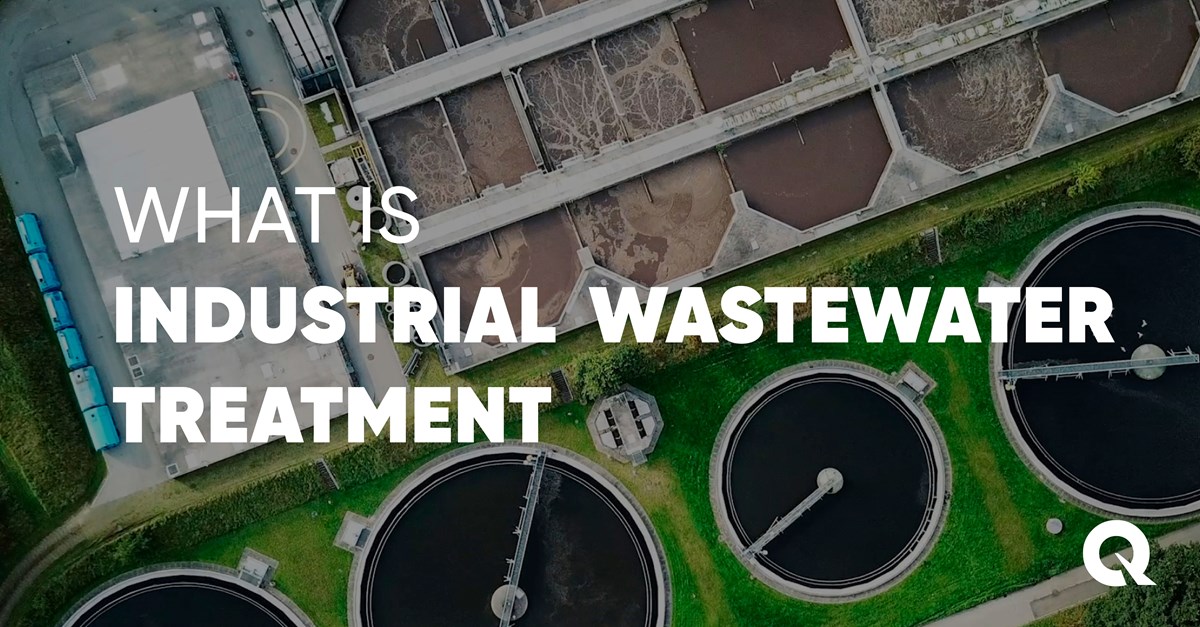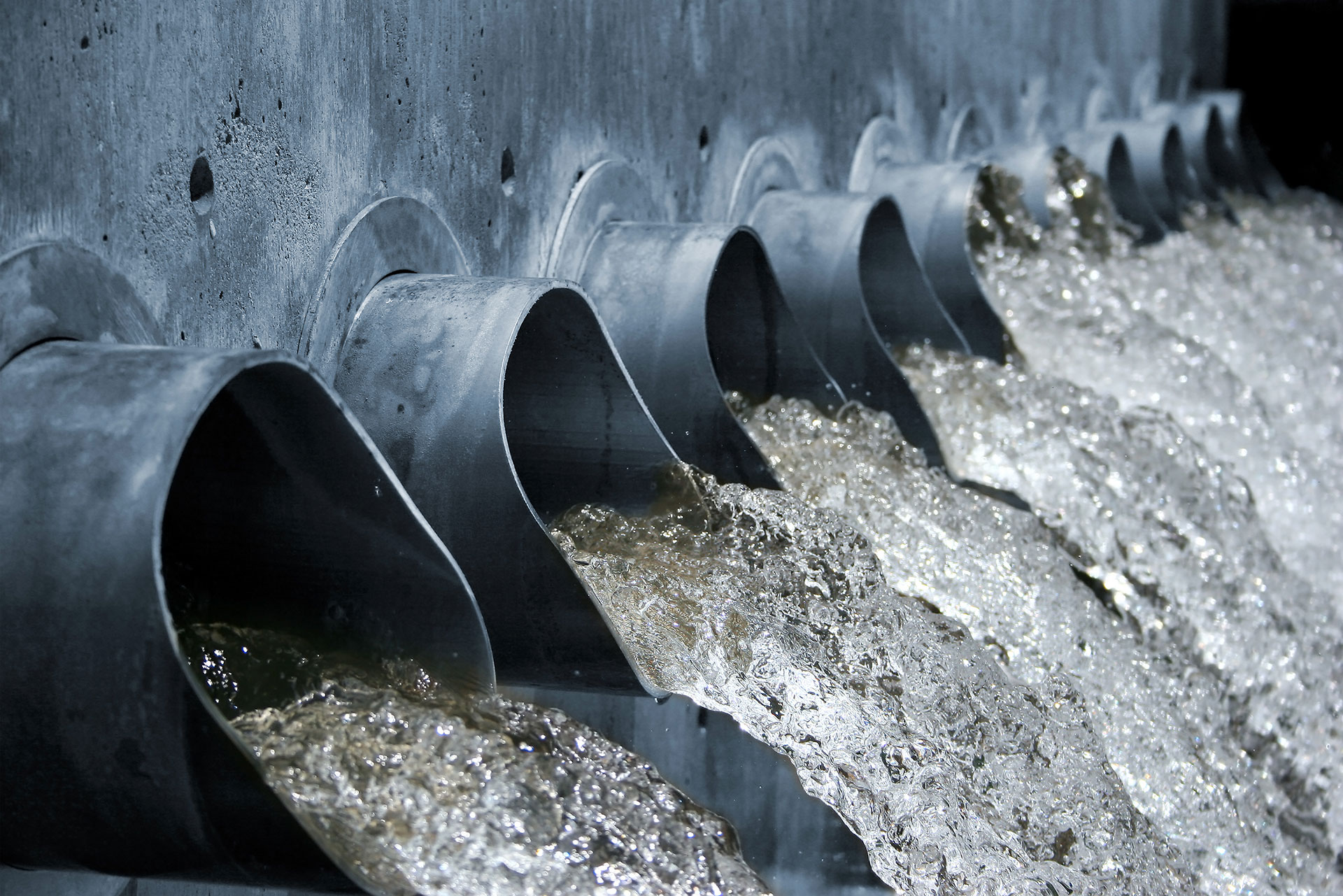Innovations and Developments in Industrial Waste Water Therapy Technologies
The landscape of industrial wastewater treatment is undergoing a transformative shift, driven by developments that improve both effectiveness and sustainability. As regulative requirements develop, the combination of AI and device knowing into wastewater management systems promises to make certain and simplify procedures compliance.
Summary of Waste Water Therapy Technologies
Wastewater therapy modern technologies include a variety of methods made to get rid of pollutants from industrial effluents prior to their launch into the environment. These modern technologies are important for keeping environmental equilibrium and guaranteeing conformity with environmental laws. The key classifications of wastewater treatment consist of physical, chemical, and biological approaches, each offering distinct objectives based on the nature of the pollutants present.

Biological therapy approaches employ microorganisms to break down natural issue, making them specifically effective for organic-rich effluents. Techniques like triggered sludge and biofilm reactors harness the natural deterioration abilities of bacteria, causing substantial decreases in biochemical oxygen need (FIGURE)
Advanced Purification Techniques
Advanced filtration techniques stand for a crucial development in the realm of industrial wastewater treatment, enhancing the effectiveness of contaminant elimination processes. Industrial Waste Water Treatment. These methods encompass a series of technologies, consisting of microfiltration, ultrafiltration, nanofiltration, and turn around osmosis, which give sequential barriers for various particle dimensions and chemical frameworks
Microfiltration and ultrafiltration use membrane systems to remove suspended solids, microorganisms, and bigger organic molecules, improving the top quality of effluent previous to additional treatment. Nanofiltration bridges the void in between ultrafiltration and reverse osmosis, effectively getting rid of divalent ions and natural substances, hence lowering the lots on downstream processes.
Reverse osmosis provides the greatest level of filtration by enabling just water and small particles to go through its semi-permeable membranes, making it perfect for redeeming top notch water from commercial effluents. Current innovations in membrane layer technology, consisting of the advancement of even more fouling-resistant and resilient products, have significantly boosted functional effectiveness and reduced prices.
Incorporating these sophisticated filtering techniques not just enhances the general treatment process yet likewise adds to sustainability efforts by making it possible for water reuse and resource recovery in industrial setups. (Industrial Waste Water Treatment)
Organic Treatment Technologies

Additionally, the development of crafted biological systems, such as membrane layer bioreactors (MBRs), incorporates biological therapy with sophisticated membrane purification. This assimilation enables greater effluent top quality and reduced impact, making it ideal for space-constrained commercial facilities. Innovations in genetically engineered bacteria have additionally emerged, boosting the biodegradation of certain impurities, such as pharmaceuticals and hefty steels, that are commonly challenging to get rid of.
Furthermore, the implementation of bioaugmentation methods, see page where advantageous germs are introduced to improve the existing organic treatment processes, has actually revealed promising lead to boosting treatment performance. These visit homepage technologies collectively symbolize a fad towards more effective and lasting organic treatment approaches that can adjust to the evolving complexities of commercial wastewater streams. As sectors remain to prioritize environmental conformity, these organic technologies will play a vital duty in wastewater monitoring.

Source Recovery Methods
In industrial setups, the integration of source recovery approaches has come to be progressively vital for improving sustainability and minimizing waste. These approaches concentrate on drawing out valuable materials and energy from wastewater streams, therefore transforming possible pollutants right into reusable resources.
One noticeable method is vitamins and mineral recovery, where nitrogen and phosphorus, usually present in excess in wastewater, are captured and exchanged fertilizers. This not only lowers environmental effects yet also supplies a round economy service for agricultural applications. Furthermore, modern technologies such as anaerobic digestion enable the conversion of natural waste right into biogas, a renewable resource resource that can counter nonrenewable fuel source use in commercial operations.
Moreover, progressed purification and membrane technologies assist click here to read in the recovery of commercial by-products such as salts and steels. These recuperated products can be rehabilitated right into manufacturing procedures, reducing the need for virgin resources.
Future Patterns in Waste Water Administration
As sectors increasingly prioritize sustainability, the future of wastewater management is set to undergo significant changes. Technological improvements, such as man-made knowledge and equipment understanding, will certainly make it possible for a lot more efficient monitoring and management of wastewater systems. These technologies can forecast upkeep demands, maximize therapy processes, and enhance decision-making, ultimately reducing functional prices and environmental effect.
In addition, the combination of circular economic situation principles will play an essential role in wastewater management. Industries are expected to shift in the direction of systems that not only treat wastewater but also recuperate important sources, such as nutrients, water, and power. This change will certainly lessen waste and promote the reuse of products, straightening with international sustainability goals.
Arising therapy strategies, such as membrane layer bioreactors and progressed oxidation procedures, will additionally boost the effectiveness of wastewater treatment, permitting for better effluents suitable for reuse. Furthermore, regulatory frameworks are most likely to develop, stressing stricter standards for wastewater discharge and motivating sectors to adopt ingenious treatment solutions.
Final Thought
In verdict, the evolution of industrial wastewater treatment innovations shows a substantial change in the direction of boosted efficiency and sustainability (Industrial Waste Water Treatment). Developments in sophisticated filtering methods, organic therapies, and source recuperation approaches highlight the sector's dedication to ecological stewardship.
The landscape of commercial wastewater therapy is undertaking a transformative change, driven by technologies that boost both effectiveness and sustainability.Wastewater therapy innovations include a variety of techniques developed to eliminate pollutants from industrial effluents before their launch right into the setting.Taking advantage of the power of organic processes has led to significant innovations in the therapy of commercial wastewater.Furthermore, the application of bioaugmentation techniques, where useful microbes are introduced to boost the existing organic treatment procedures, has shown encouraging outcomes in enhancing treatment efficiency. These technologies jointly represent a trend in the direction of more effective and sustainable organic therapy approaches that can adapt to the advancing complexities of industrial wastewater streams.